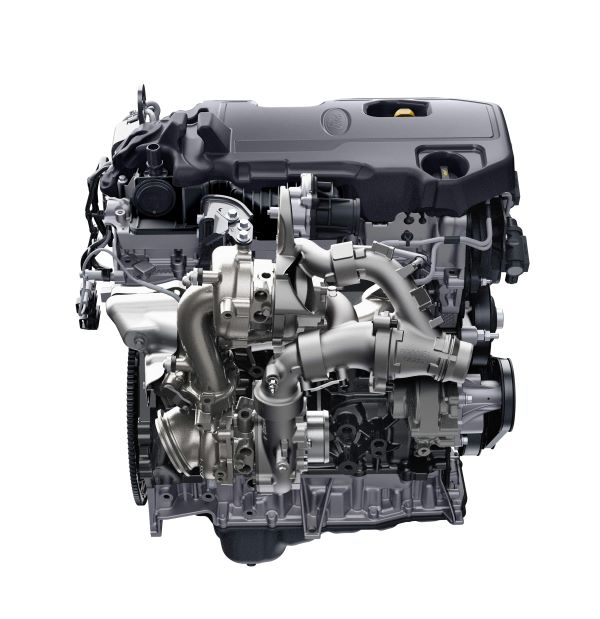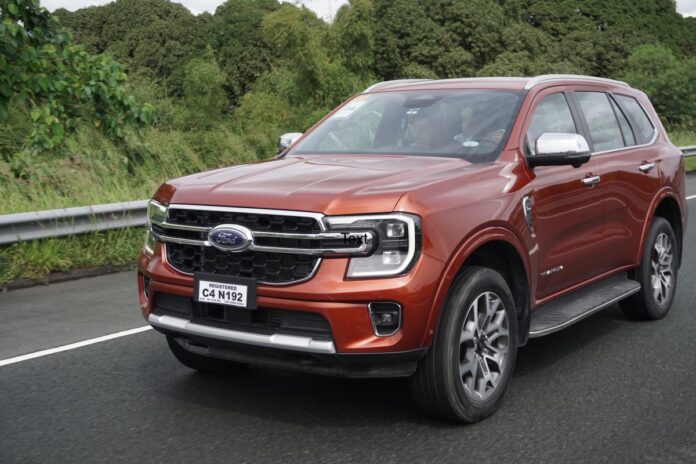Why is Ford’s chosen powertrain for its 4×4 offerings in the Philippines the 2.0L Bi-Turbo Diesel Engine? Striking a balance between power, capability, and efficiency are key elements customers look for in a vehicle engine. With the stop-and-go nature of traffic in most parts of the Philippines, a car that leaves more in the tank while delivering power as the need arises is well appreciated by drivers.
Found inside the hood of the Next-Gen Everest Titanium+ 4×4, Ranger Wildtrak 4×4, and the Ranger Raptor, it delivers the capability drivers need without sacrificing efficiency. What exactly makes this engine a good fit for drivers plying on Philippine roads on a daily basis?
Efficient Capability
The 2.0L Bi-Turbo Diesel Engine is a product of Ford’s action to get both power and fuel economy in one engine. It works by delivering torque and power through independent turbos. Paired with a 10-speed automatic transmission, the engine is also designed to always have the vehicle in optimal gear.

Depending on how the vehicle is driven, it will utilize all gears to offer maximum fuel efficiency. If the driver decides to punch the accelerator pedal, it will skip-shift to give out higher performance.
Uncompromising Power
The engine delivers a maximum of 210PS of power and 500Nm of torque as well as a towing capacity of 3.5 tons. As seen on various models of the Everest, Ranger, and Ranger Raptor, this engine is paired with selectable drive modes that further showcase its various capabilities across different needs. Whether for towing, hauling, driving fast on a highway, or off-roading, vehicles equipped with this engine perform to the conditions the driver faces.
Better Refinement
Powerful as it is, the engine performs quietly. The Bi-Turbo Diesel Engine offers less noise emissions compared to its previous generation, especially when the vehicle is idle. The structure of the engine was developed to limit the noise it radiates by reducing significant noise-influencing components – making it a quiet and smoother operating powertrain.
Tested Durability
The 2.0L Bi-Turbo Diesel is part of Ford’s innovation in turbo-charged engine technology. Before it was launched globally five years ago, the engine had gone through a total of 5.5 million kilometers of durability testing, including 400,000 kilometers at the hands of real customers, comprehensive analysis in laboratories, and at Ford vehicle proving grounds.
Next-Level Efficiency
Ford vehicles equipped with the Bi-Turbo Diesel Engine offer an exceptional advantage in terms of maintenance efficiency. The components of the oil system, from the oil pan and filter dimensions, bore distortion tolerances, and piston ring specifications, have been engineered to prolong the oil lifespan. The Next-Gen Ranger and Everest also have an Intelligent Oil Life Monitor (IOLM), a smart new feature that tells the owner when to have an oil change based on actual engine data, operating conditions, and owner driving habits.
The Bi-Turbo Diesel Engine is yet another innovative technology that powers not only the latest Next-Generation Ford lineup of vehicles but also the needs and lifestyles of today’s driving consumers when it comes to what they look for in a pick-up or an SUV — a combination of capability, refinement, and efficiency in one powertrain package.
